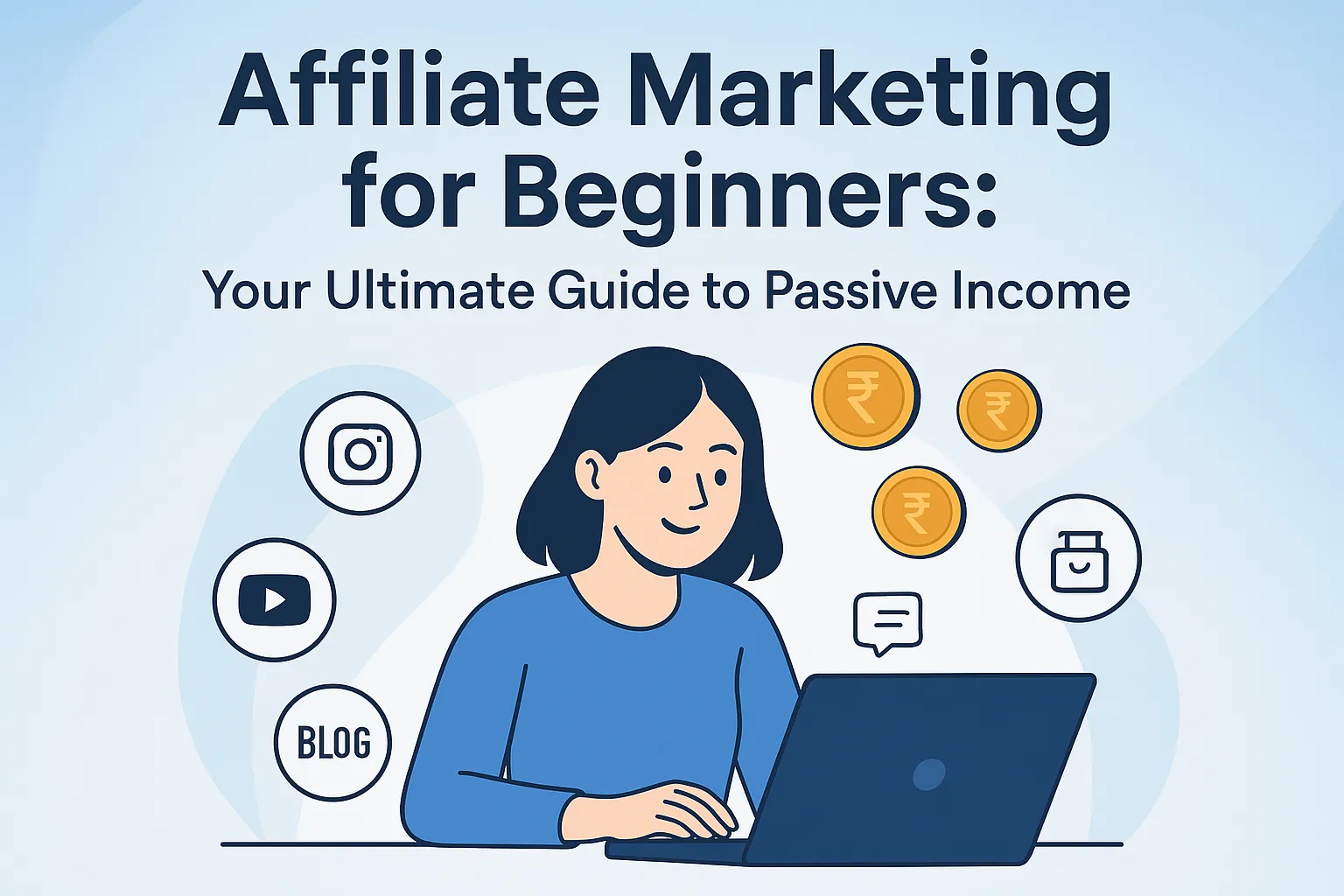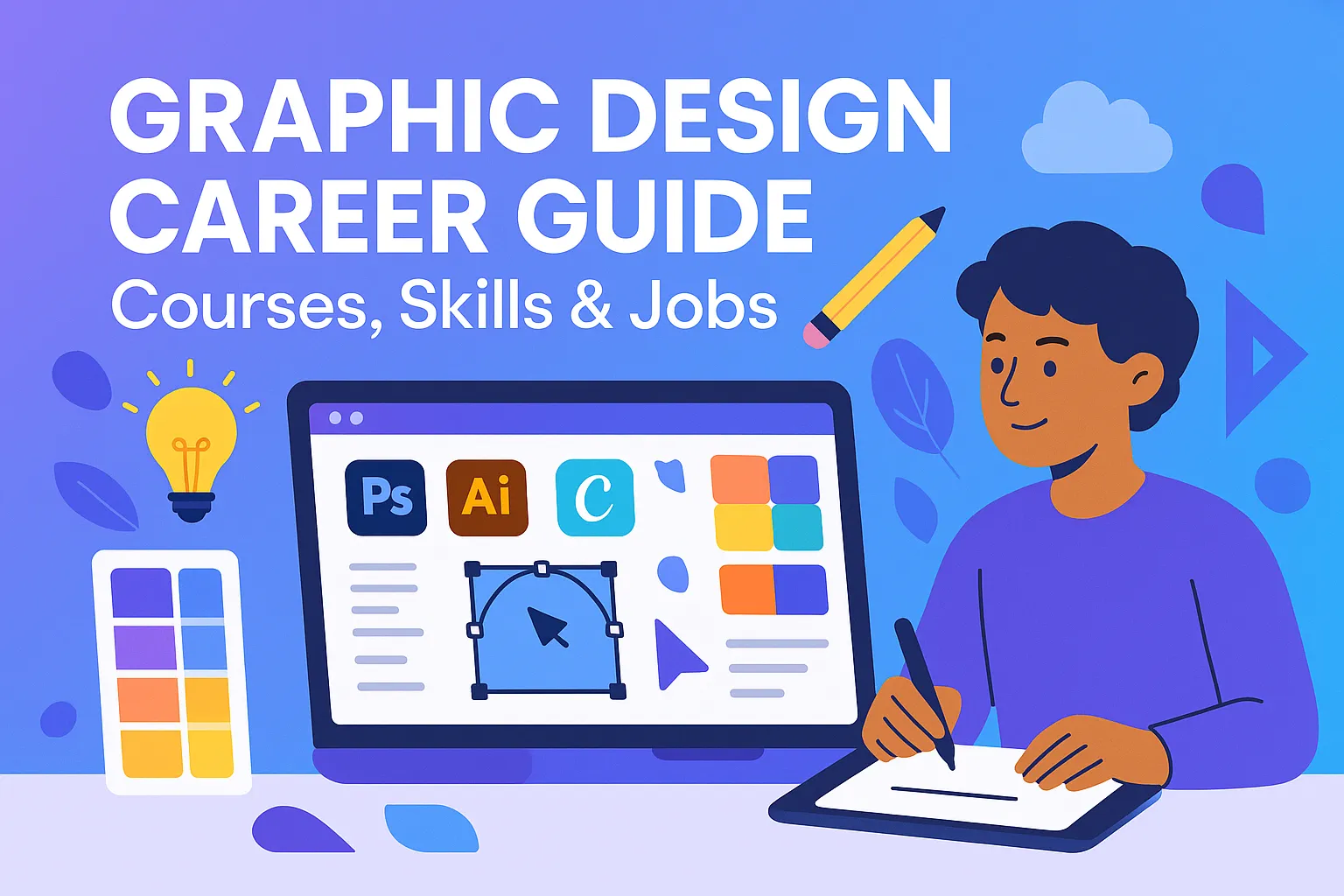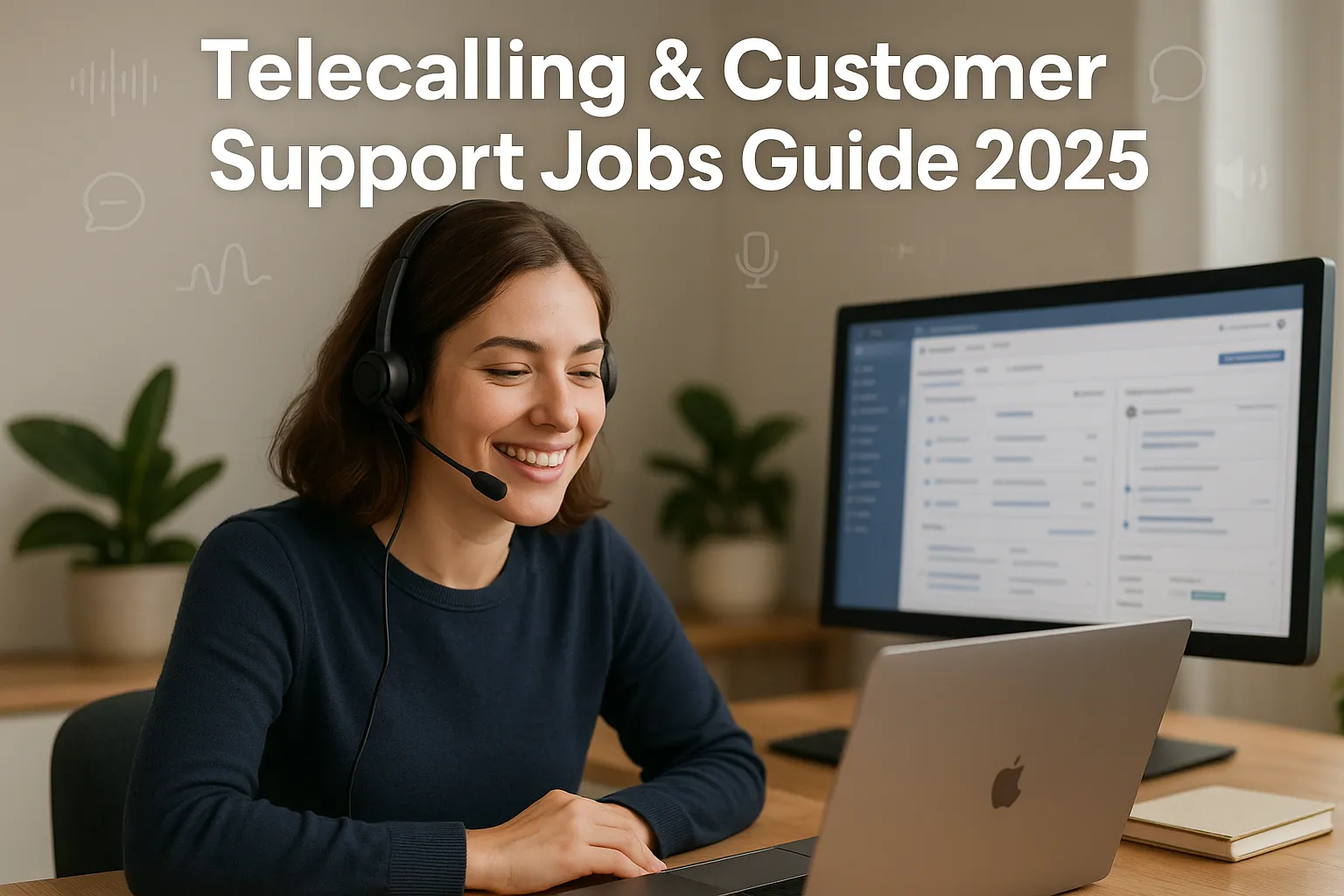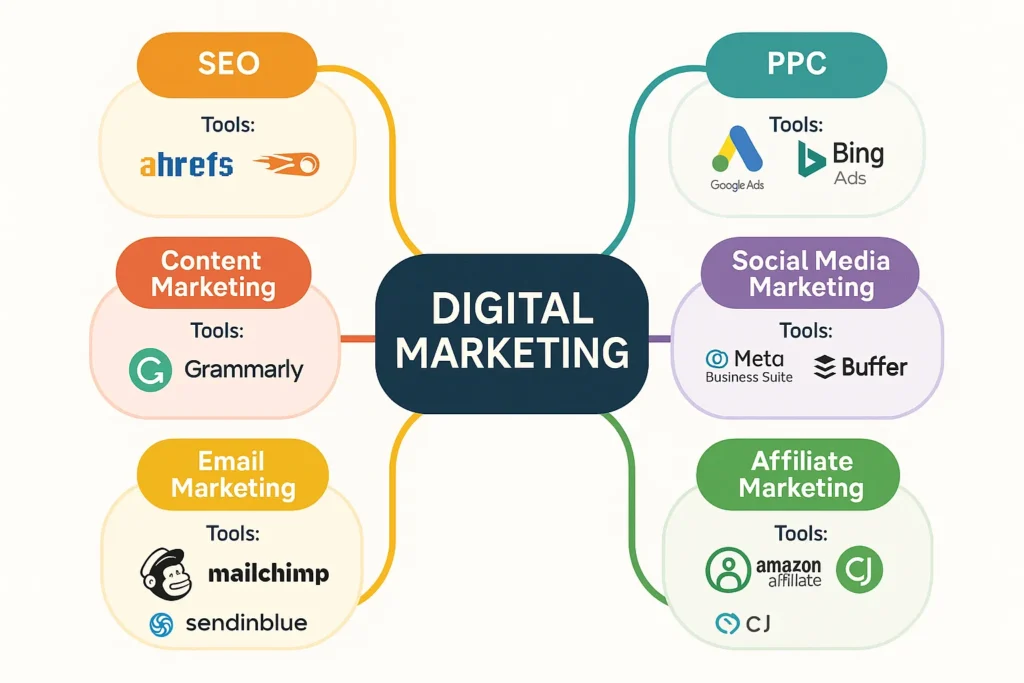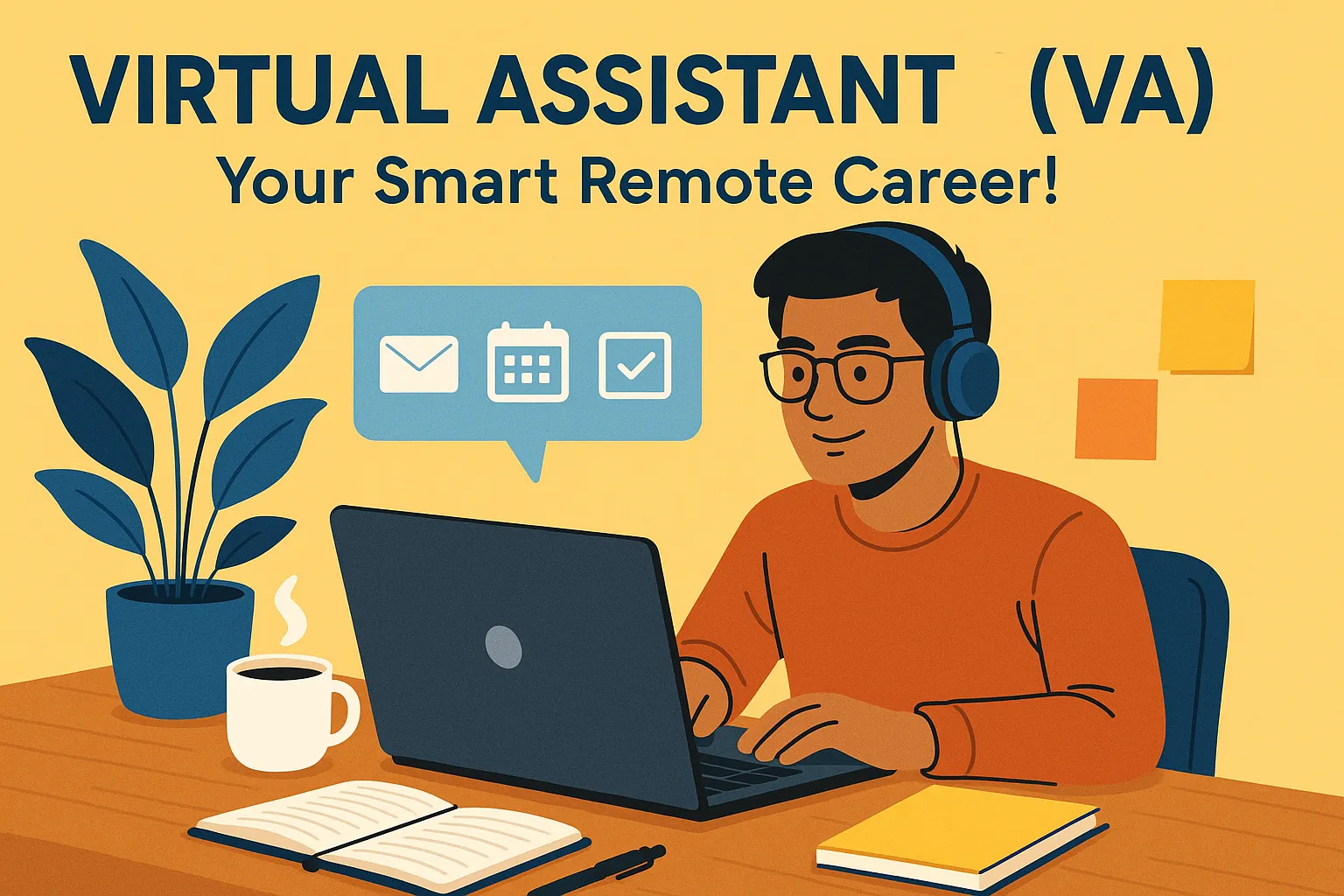You’ve probably heard someone say they “make money while they sleep.” Sounds like a scam, right? But here’s the twist—it’s very real, and it’s called affiliate marketing. It’s the side hustle that has quietly helped students, homemakers, and even IT professionals make an extra ₹5,000 to ₹50,000 per month—sometimes much more.
Remember that college senior who had a random blog on fitness gear? He was earning more from his blog links than many full-time interns earned slogging 9-to-5. Sounds wild, but that’s the magic of leveraging the internet to your advantage.
In this blog, we’ll break down affiliate marketing in plain English: what it is, how to start, which platforms pay well, and how YOU can get into it with zero technical knowledge. And if you’re ever looking for job alerts or digital side hustle tips, CareerJobsUpdate has your back. Let’s dive in!
What is Affiliate Marketing?
Affiliate marketing is a performance-based earning model where you promote a product or service, and earn a commission for every sale, sign-up, or click you generate via your referral link.
- You (Affiliate) promote the product.
- Customer clicks your unique link and buys the product.
- Merchant pays you a commission (usually 5%–30%).
Example:
You promote a course on digital marketing through Instagram. Someone clicks your link and buys it. You earn ₹500–₹1,000 instantly!
How Does Affiliate Marketing Work?
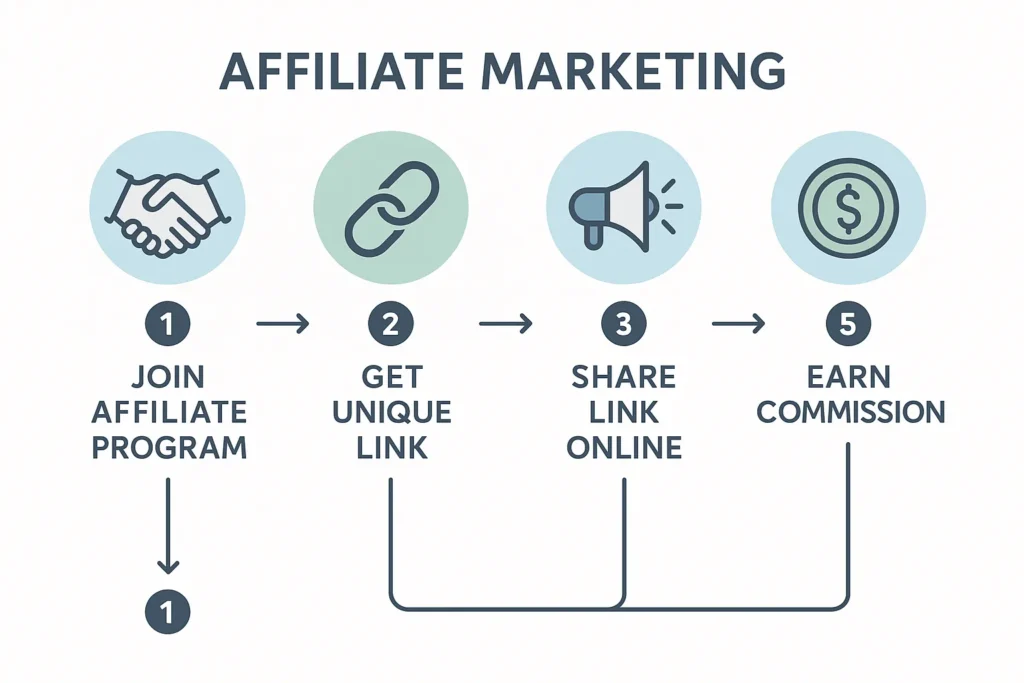
Here’s the simple flow:
- Join an Affiliate Program (Amazon, Flipkart, Coursera, etc.)
- Get Your Unique Link
- Share it on YouTube, Blogs, WhatsApp, Instagram, etc.
- Earn Commission on Each Conversion
Why Affiliate Marketing is Perfect for Beginners
- Low to No Investment: No need to create your own product.
- Flexibility: Work anytime, from anywhere.
- Side Hustle Friendly: Perfect for students and working professionals.
- Scalable: Your one blog post or video can earn forever.
Top Affiliate Marketing Platforms in India (2025)
| Platform | Commission Rate | Niche | Payout Threshold |
|---|---|---|---|
| Amazon India | 1%–10% | All products | ₹1,000 |
| Flipkart | 5%–15% | Electronics, Fashion | ₹500 |
| BigRock | Flat ₹1,000+ | Web Hosting, Domains | ₹2,000 |
| Coursera | 15%–45% | Online Courses | $50 |
| Hostinger | Up to 60% | Web Hosting | $100 |
Pro Tip: Always choose programs that match your interests or the type of audience you already have.
How to Start Affiliate Marketing with No Experience
1. Pick a Niche
Don’t go broad. Focus on:
- Fitness for students
- Budget tech gadgets
- Skill-building courses
2. Choose Affiliate Programs
Join 2–3 to begin. Most are free to join.
3. Create Content
Use:
- Blog posts
- Instagram reels
- YouTube reviews
- WhatsApp broadcasts
4. Use Your Link Smartly
Never spam. Offer value, like:
Here’s the tripod I use to shoot reels – super stable and budget-friendly.
Tips to Increase Affiliate Income
- Write Honest Reviews: Trust builds clicks.
- Use Keywords: Rank on Google using relevant search terms like “best laptop under 30k.”
- Track Your Links: Use Bitly or your affiliate dashboard.
- Create Lead Magnets: Offer a freebie in exchange for emails.
Mistakes to Avoid
- Spamming groups with links
- Promoting products you haven’t tried
- Ignoring mobile-friendly content
- Not disclosing affiliate partnerships
Conclusion
Affiliate marketing isn’t a “get rich quick” scheme, but it is a real, legitimate way to build passive income—especially for today’s digital-savvy crowd. Whether you’re a college student, job seeker, or preparing for competitive exams, affiliate marketing can work around your schedule and goals.
At CareerJobsUpdate, we guide aspirants every step of the way—whether it’s cracking the toughest exams or staying updated with fresh job alerts. Ready to land your dream job? Let’s make it happen together.
FAQs
Q1. What is affiliate marketing in simple terms?
It’s when you promote a product online and earn a commission if someone buys through your link.
Q2. Can I start affiliate marketing without a website?
Yes! You can use social media, WhatsApp, or even YouTube to start.
Q3. How much can I earn through affiliate marketing?
It varies—from ₹500/month to ₹50,000+, depending on your traffic and content.
Q4. Do I need to invest money to get started?
No, most affiliate programs are free to join.
Q5. Is affiliate marketing legal in India?
Absolutely! Just be sure to follow the program’s guidelines and disclose your partnerships.
Q6. Which affiliate programs are best for beginners?
Amazon Associates, Flipkart, and Coursera are beginner-friendly and trusted.
